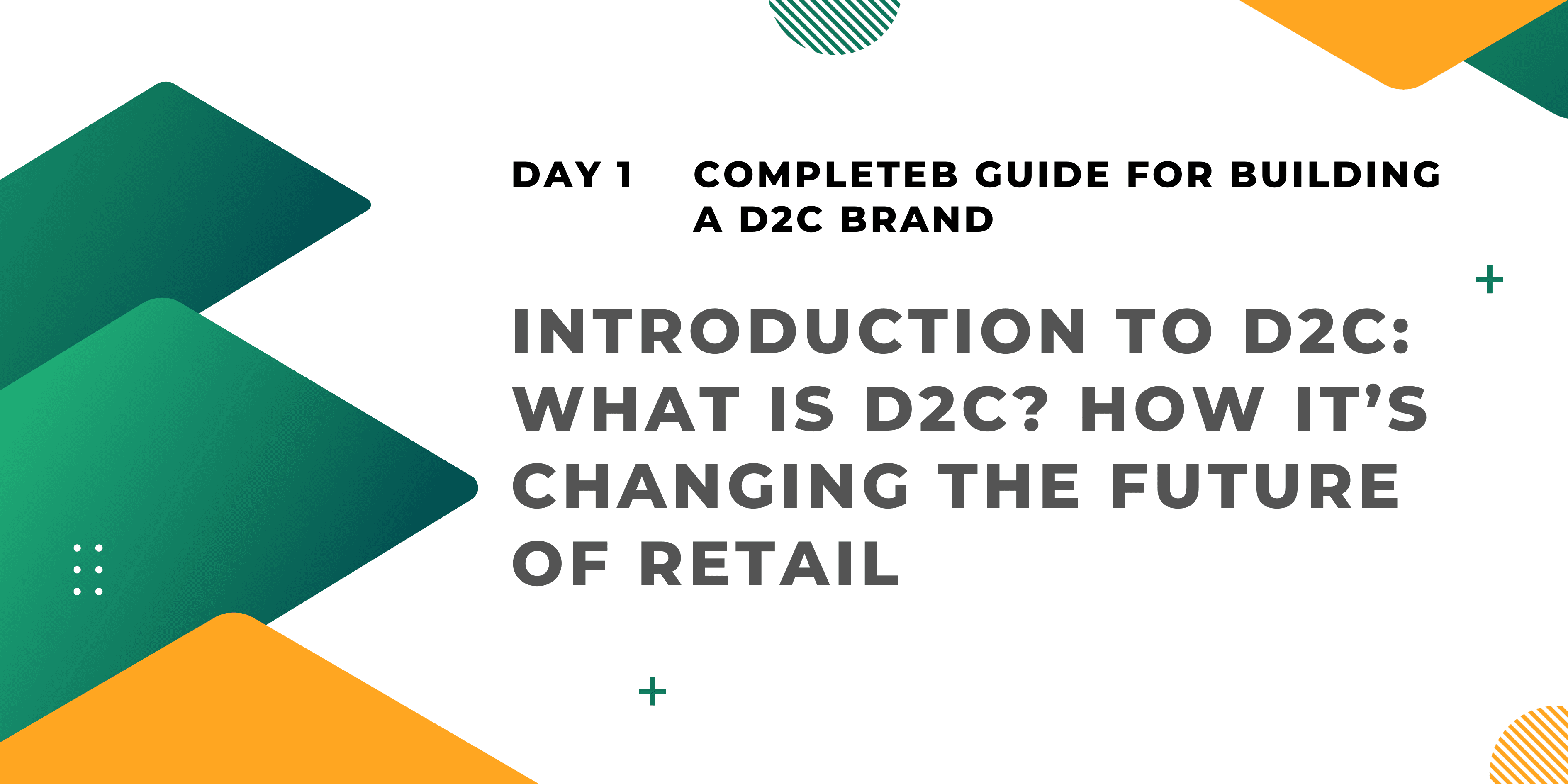Introduction to D2C: What is D2C? How It’s Changing the Future of Retail

The way people shop has changed dramatically over the past decade. From crowded retail stores to seamless mobile shopping experiences, customers today prefer convenience, personalization, and trust when choosing a brand. At the heart of this transformation lies the D2C (Direct-to-Consumer) model – a retail revolution reshaping how businesses operate and how customers engage with their favorite brands.
What is D2C?
D2C, or Direct-to-Consumer, is a business model where brands sell their products directly to customers without relying on middlemen like wholesalers, distributors, or physical retail chains.
Instead of depending solely on retailers like Amazon, Flipkart, or department stores, D2C brands connect directly with their customers through:
- Brand websites & mobile apps
- Social media platforms
- E-commerce storefronts
This direct connection allows companies to control pricing, branding, storytelling, and customer experience, something that traditional retail often limits.
Why D2C is Changing the Future of Retail
- Stronger Customer Relationships: Brands can directly interact with buyers, collect feedback, and personalize experiences.
- Better Profit Margins: Cutting out middlemen means brands keep higher margins while still offering competitive prices.
- Data-Driven Decisions: With complete access to consumer data, companies can understand buying behavior, improve products, and run targeted marketing campaigns.
- Speed & Innovation: D2C brands can launch new products faster and experiment with unique strategies without retail delays.
- Brand Storytelling & Trust: Customers today don’t just buy products – they buy into a brand’s values, mission, and story. D2C enables businesses to share this narrative directly with their audience.
Examples of the D2C Shift Globally
- Nike: In 2019, Nike famously pulled out of Amazon to focus on its own D2C platforms, gaining tighter control over its brand and customer data.
- Tesla: Disrupted the auto industry by selling cars directly online and through experience stores, eliminating dealership dependence.
- Apple: Despite strong retail presence, Apple invests heavily in its website, app, and Apple Stores as a direct consumer touchpoint.
Examples from India
India is witnessing a massive D2C boom, thanks to rising internet adoption, digital payments, and social media-driven shopping.
- Boat: Started as a small D2C audio brand and grew into India’s leading consumer electronics startup.
- Mamaearth: Leveraged natural product positioning and direct online channels to build a billion-dollar brand.
- Nykaa: Built its empire on direct online sales before expanding offline, becoming a listed company on the Indian stock exchange.
The Future Outlook
The Indian D2C market is projected to cross $100 billion by 2027, with both startups and established brands jumping into the space. The future of retail will likely be a hybrid of online D2C, offline brand stores, and marketplaces – but the control and insights offered by direct consumer connections will make D2C a non-negotiable pillar of modern retail.